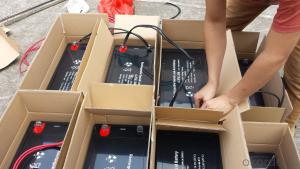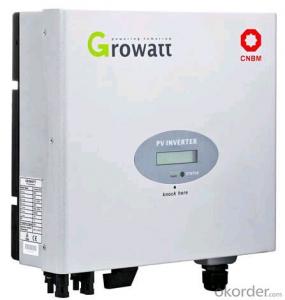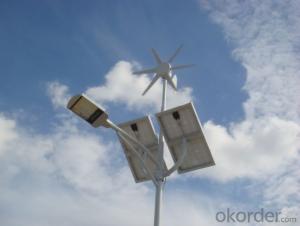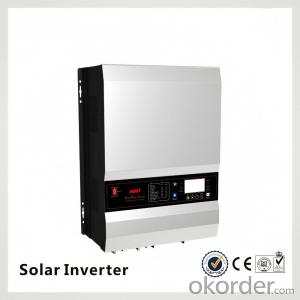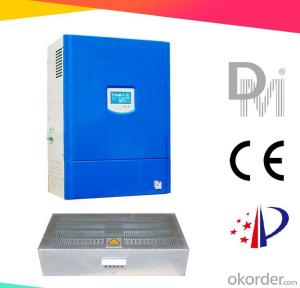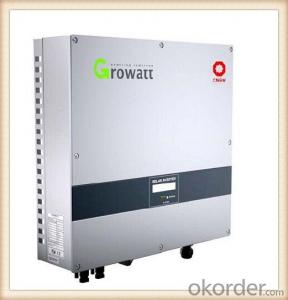Fronius Hybrid Solar Inverter
Fronius Hybrid Solar Inverter Related Searches
Canopy For Solar Inverter Awning For Solar Inverter Solar Inverter For Rv Inverter For Solar Quality Solar Inverter Best Solar Inverter In Kerala Top Solar Inverter In Pakistan Plug In Solar Inverter Solar Inverter In Pakistan Spd In Solar InverterHot Searches
Type Of Inverter For Solar Types Of Inverter For Solar Used Solar Inverter For Sale Inverter Size For Solar System Solar Edge Inverter For Sale 5kw Solar Inverter For Sale Solar Inverter For Sale Solar Inverter For Battery Solar Inverter For Split Ac Solar Inverter For Laptop Solar Inverter For Fridge Solar With Inverter Price Solar Inverter With 2 Battery Solar Inverter With Ac Outlet Solar Inverter Price In China Best Solar Inverter In China Solar Inverter Price In Dubai Solar Inverter Price In Uae Solar Inverter Price In Kenya Solar Inverter For FridgeFronius Hybrid Solar Inverter Supplier & Manufacturer from China
Okorder.com is a professional Fronius Hybrid Solar Inverter supplier & manufacturer, offers integrated one-stop services including real-time quoting and online cargo tracking. We are funded by CNBM Group, a Fortune 500 enterprise and the largest Fronius Hybrid Solar Inverter firm in China.Hot Products
FAQ
- A solar inverter handles voltage flicker in the grid by continuously monitoring the grid voltage. When it detects a flicker, it adjusts its output power accordingly to stabilize the voltage and maintain a consistent power supply to the connected loads. This helps prevent disruptions and ensures a smooth operation of the grid.
- Yes, a solar inverter can be controlled remotely. Many modern solar inverters come equipped with built-in communication capabilities, such as Wi-Fi or Ethernet connectivity, allowing for remote monitoring and control. Through a web-based interface or dedicated mobile app, users can access and manage their solar inverters from anywhere with an internet connection. Remote control features typically include monitoring the system's performance, adjusting settings, and troubleshooting issues. This remote control functionality offers convenience and flexibility for solar system owners, enabling them to optimize energy production and manage their system efficiently.
- A solar inverter handles variations in AC load demand by constantly monitoring the load and adjusting the output power accordingly. It uses advanced control algorithms to regulate the voltage and frequency of the AC output to match the specific requirements of the connected devices. This allows the inverter to effectively handle fluctuations in load demand and ensure a stable power supply.
- A solar inverter handles power factor optimization by using advanced control algorithms to adjust the phase relationship between the voltage and current supplied by the inverter. This allows the inverter to operate at a power factor close to unity, which maximizes the efficiency and performance of the solar power system.
- No, a solar inverter and a string inverter system are two different types of inverters used in solar power systems. They cannot be used interchangeably as they have different functionalities and are designed for different types of solar installations.
- Yes, a solar inverter can be used in systems with different module capacities. Solar inverters are designed to convert the DC power generated by solar panels into AC power for use in the electrical grid or for consumption. They are typically compatible with a wide range of module capacities and can accommodate various configurations of solar panels. However, it is important to ensure that the solar inverter's specifications and capacity match the overall system requirements to ensure optimal performance and efficiency.
- Yes, a solar inverter can be used with solar-powered ventilation systems. A solar inverter is responsible for converting the direct current (DC) produced by solar panels into alternating current (AC) that can be used to power various electrical devices, including ventilation systems. By connecting the solar panels to a solar inverter, the generated solar energy can be efficiently utilized to operate the ventilation system, ensuring a sustainable and eco-friendly ventilation solution.
- A solar inverter handles voltage and frequency regulation by converting the direct current (DC) generated by solar panels into alternating current (AC) that matches the voltage and frequency of the electrical grid. It does this by using advanced power electronics and control systems to monitor and adjust the output voltage and frequency to meet the required standards. This ensures that the electricity generated by the solar panels is compatible with the grid and can be seamlessly integrated into the existing power supply.













